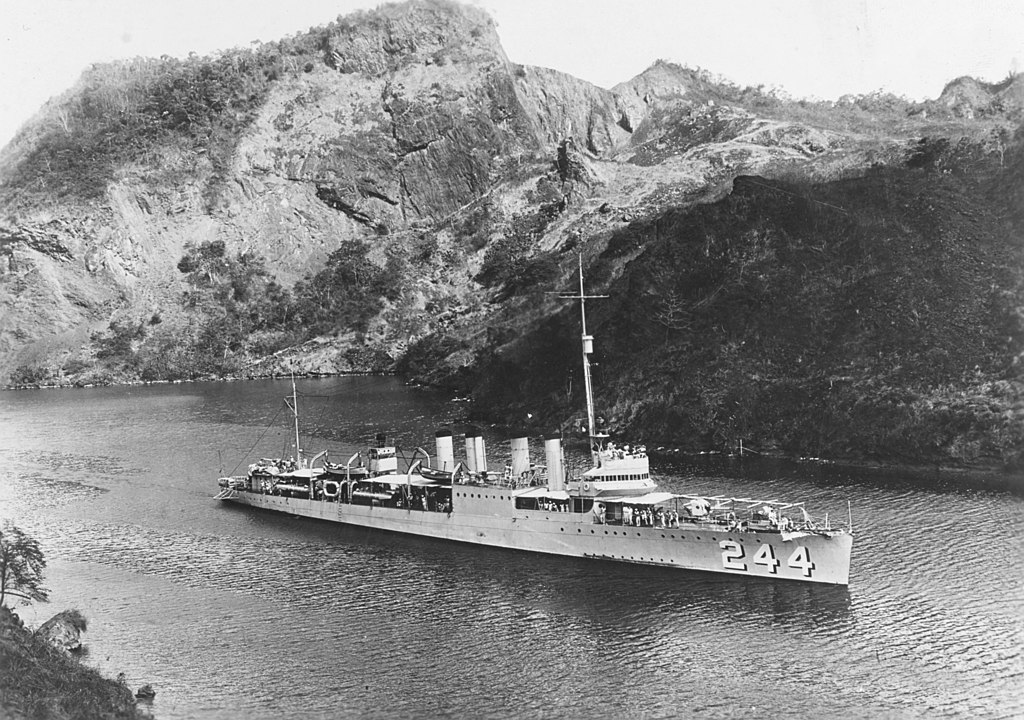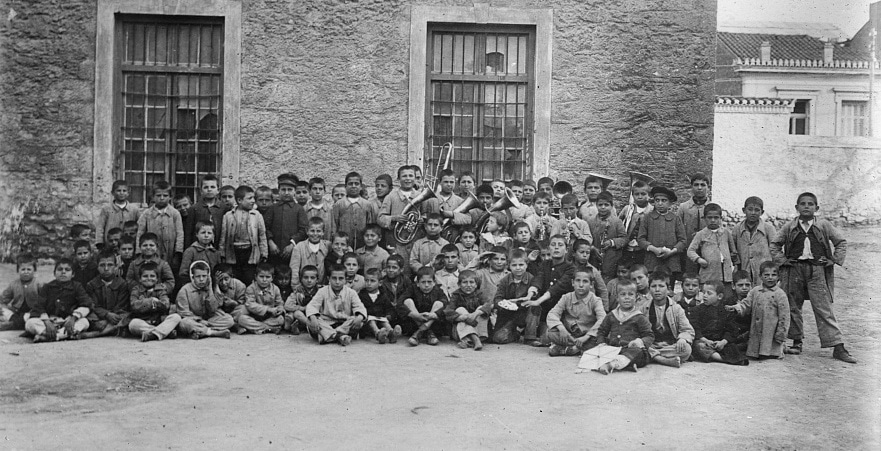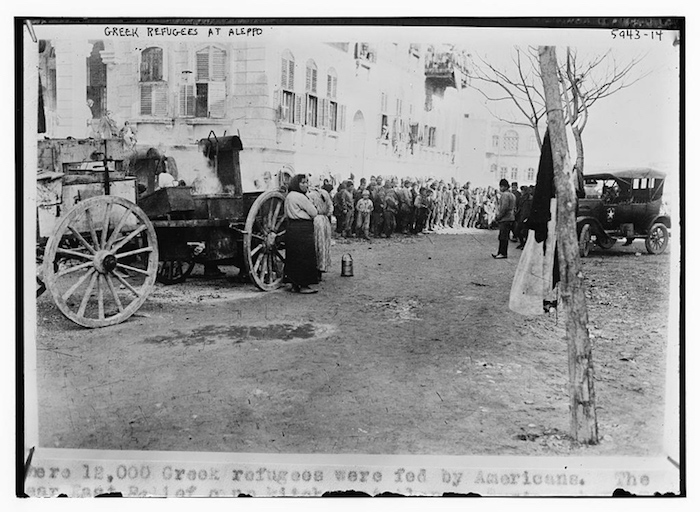 |
The Greek Genocide by the TURKS as Recorded in US Navy Diaries
The Smyrna Catastrophe and the many other acts of the Greek Genocidethat took place in the early 1920s were witnessed by foreigners, including US Navy officers, and their diaries document the devastation wrought during those atrocities although precious little was done to help the victims.
A recently published book, called The Greek Genocide in American Naval War Diaries, edited by Robert Shenk and Sam Koktzoglu, outlines the reports made and the protests engaged in by US Navy commanders in the fateful years from 1921 to 1922.
Although technically neutral during the conflict, American vessels were allowed to be in the sea off Smyrna and other areas of Asia Minor after the First World War, and the events unfolding onshore in 1921 and 1922 were recorded by horrified naval officers.

As retired US Navy Admiral James Stavridis says in the foreword to the book, the Americans were in an exceptionally difficult position at the time. “Shouldn’t you do something?” soldiers would wonder. “You’re a representative of America, after all! And these are essentially slow killings of men and then the heartless deportations of women and children, which will end with the death of many of the latter as well.”
Greek genocide witnessed by US Navy
American vessels were moored just outside the harbor of Samsun, Turkey from the spring of 1921 to after September of 1922, when the Smyrna Catastrophe took place; the officers reported as best they could to a disbelieving world, hoping that their writings would have some impact on the devastation they witnessed.
Vessels from the Japanese Navy, in contrast, took on some Greek refugees who were desperately trying to escape the first of Smyrna that dark September day.

Stavridis asks, “Could [the US forces] have done more? Should they have taken bold and independent steps beyond what they did? History will judge them, and this volume of primary source material will help.”
In the spring and summer of 1921, the Nationalist Turks stated that they were afraid that the native Greek population of Asia Minor would aid and abet an invading Greek force along the coast, as well as join with the forces already fighting in the war that was ongoing in the western part of Anatolia.
Using this as a pretext, the Turks rounded up tens of thousands of ethnic Greeks whose ancestors had lived in the area for three thousand years, forcing them to take part in death marches, work details which amounted to death sentences, systematic rapes and sex slavery, along with abductions and forced conversions.

Similar brutal ethnic cleansing, as we know it today, had been waged against the Armenians during World War I with no repercussions levied on the perpetrators, and although aid workers from the American Near East Relief Society and others reported to the US naval commanders and the officers duly reported their observations to their superior, very little was done to help.
In the end, the American admiral in charge in Istanbul, Mark Bristol, actually obstructed any publication of the relief reports on the death of Greek deportees in the area although the original mission of the task force was to help teams of investigators and relief personnel in response to the reports of the atrocities, originally against the Armenians.
The rationale for this appears to be that he ended siding with the Turks, as they provided more commercial prospects for American interests in the area.
By 1921, reports were already filtering in about deportations and other actions being taken against the Greeks of the Pontus area along the Black Sea
Read more :








